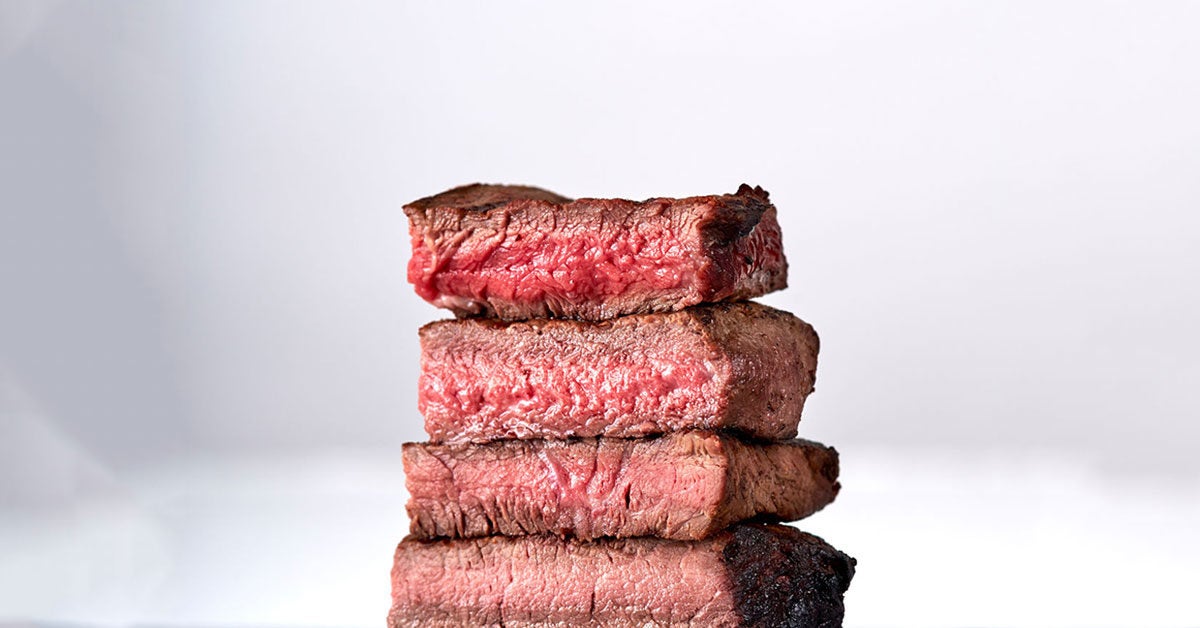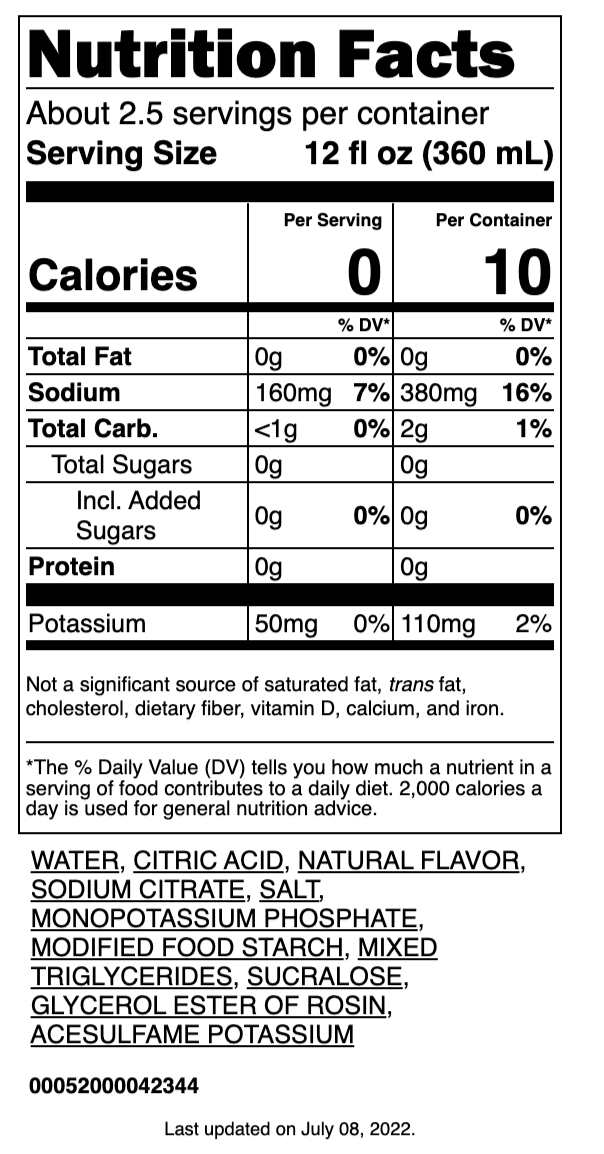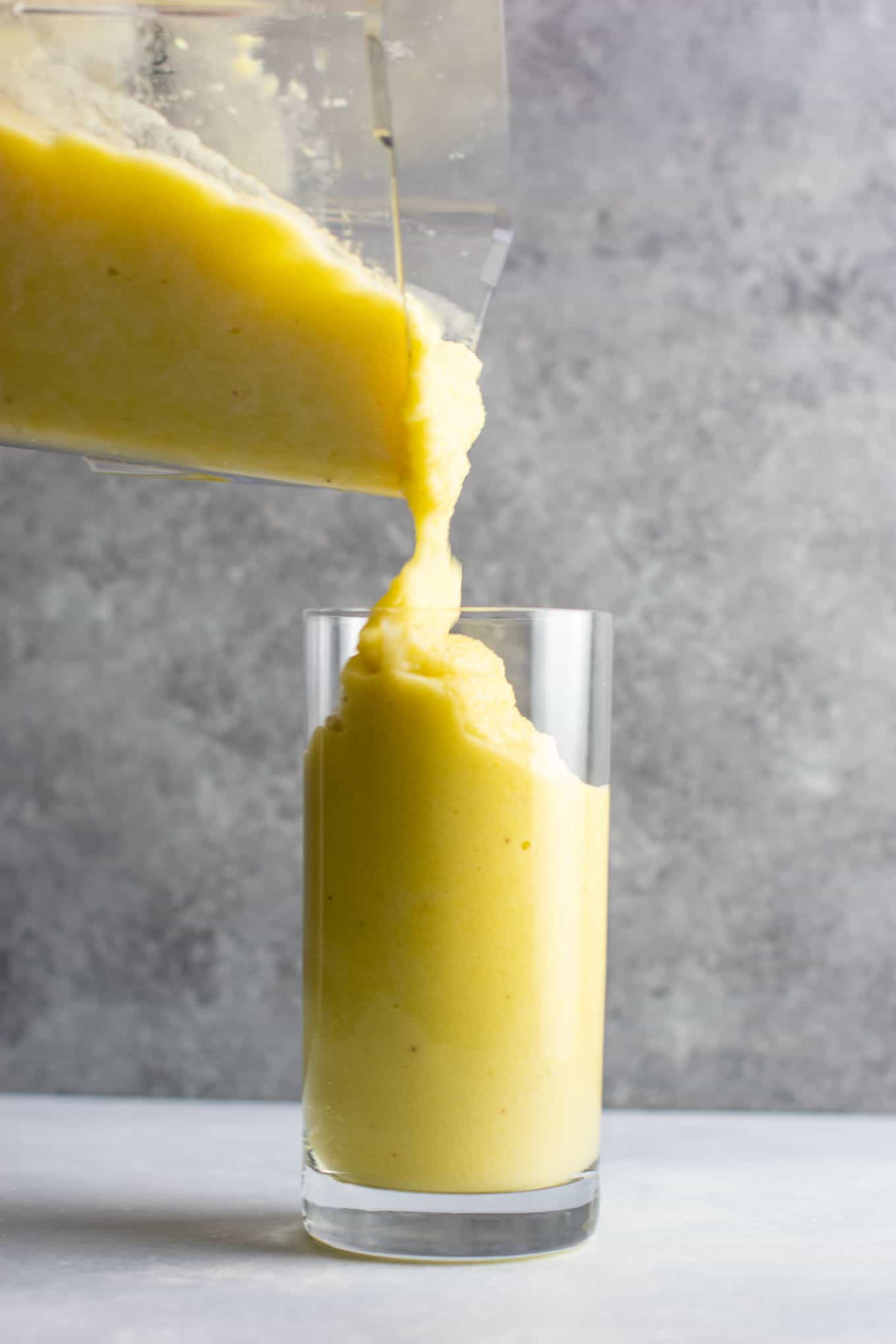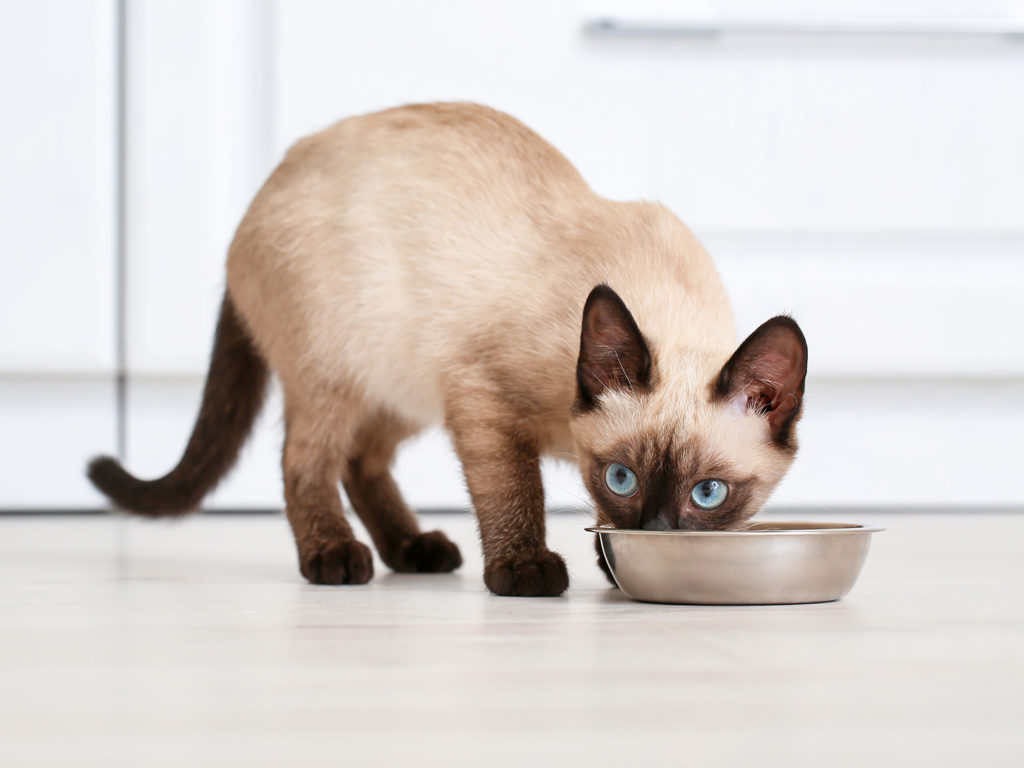To convert the nutritional content of raw beef to its cooked form, adjustments must be made for the alterations in weight and nutrient composition that occur during the cooking process. Here is the procedure to accomplish this:
- Determine the weight of the raw beef: Use a kitchen scale to measure the weight of the raw beef before cooking. Make note of the weight in grams or ounces.
- Determine the weight of the cooked beef: Once the beef is cooked, use a kitchen scale to measure the weight of the cooked beef. Make note of the weight in grams or ounces.
- Calculate the cooking loss: Cooking beef causes it to lose some of its weight due to moisture loss. To calculate the cooking loss, subtract the weight of the cooked beef from the weight of the raw beef, and divide by the weight of the raw beef. For example, if the raw beef weighed 500 grams and the cooked beef weighed 400 grams, the calculation would be: Cooking loss = (500 – 400) / 500 = 0.2 or 20%
This means that the beef lost 20% of its weight during the cooking process.
- Adjust the nutrient values: Once you know the cooking loss, you can adjust the nutrient values accordingly. Multiply the nutrient values for the raw beef by the cooking loss percentage, and then subtract that amount from the original nutrient values. For example, if the raw beef had 20 grams of protein per 100 grams, and the cooking loss was 20%, the calculation would be: Adjusted protein content = 20 – (20 x 0.2) = 16 grams of protein per 100 grams
This means that the cooked beef has 16 grams of protein per 100 grams, instead of the 20 grams that the raw beef had.
By following these steps, you can accurately convert a raw beef nutrition scale to a cooked one.
As you may already know, meats, poultry, and seafood absorb a lot of water when cooked. Therefore, 113 grams of raw meat is not equivalent to 113 g of cooked meat in terms of calories or macronutrient content. Here are some practical guidelines that can help convert raw beef nutrition scale to a cooked one:
1. Weigh the Meat
Meat can be a difficult item to weigh and monitor accurately. Some experts argue that it should be weighed prior to cooking, while others recommend after.

Measuring meat before cooking is usually recommended to ensure accuracy and eliminate any variance caused by different cooking procedures. Furthermore, this makes it simpler to record nutritional values based on labels.
When measuring meat, it’s essential to remember that it loses a significant amount of weight during cooking. Meat, poultry, fish and potatoes all lose around 25% of their mass when cooked; this water loss is reflected in the final weight but does not impact caloric or macronutrient values.
Fortunately, some straightforward rules of thumb exist for converting between raw and cooked weights. For instance, when converting between a raw and cooked chicken breast, remember that 25% of its weight is lost during cooking; then divide the cooked weight by 0.75 to get its equivalent raw weight.
When cooking meat products like meatloaf, steak, pork tenderloin and chicken thighs, it’s best to use either raw or cooked. This tip can be especially helpful when determining how to incorporate raw or cooked meat into recipes.
However, some special considerations need to be taken into account when using this method. For instance, if preparing a meal that contains both meat and liquid broth (like stew), then always weigh each individual portion before mixing them together.
This is because meat and liquids contain a great deal of moisture, so when combined, they will create even more significant water loss than just by weighing separately. This could result in inaccurate nutrition data, which could negatively impact your results.
When weighing raw meat, keep in mind that it typically contains more fat than cooked cuts of meat. Therefore, when multiplying 113 grams by 1.7, you’ll get your protein and fat values.
3. Subtract the Cooked Weight from the Raw Weight
When tracking calories and macros, measuring the food itself rather than its volume is best. Doing this will help eliminate any discrepancies when altering cooking methods or adding sauces or marinades.
Food’s weight can differ drastically after cooking due to water loss. For instance, rice might weigh twice as much after being heated in boiling water than before it was heated up, yet still contain the same amount of nutrients and calories as before.
Meats can experience a similar fate after cooking, losing up to 25 percent of their original weight. For instance, a 10-ounce steak may weigh only 7.5 ounces once thoroughly cooked. This stark difference highlights why using raw food whenever possible is so important.
Given this, it’s essential to understand how to subtract the cooked weight from the raw weight in order to get an accurate estimation of your meal’s nutritional value. You can do this easily by weighing your food before and after it has been cooked.
Calculating the final food weight is a straightforward task that gives you an accurate indication of your final calorie and nutritional intake. Furthermore, this is an efficient way to ensure you don’t waste any valuable calories or nutrients.
Now you need to convert this weighted data into a calorie count and macronutrient percentage using the formula below. This will tell you how many grams of protein, carbs, and fats are in each serving as well as what kind of nutrition each gram provides.
In the end, weighing your foods is the most reliable way to guarantee you get all the essential nutrients from each meal. Without it, it may be easy to forget your goals – especially if you want to shed pounds or build muscle mass.
4. Add the Cooked Weight to the Raw Weight
A raw beef nutrition scale is an invaluable asset to have in your kitchen for tracking food’s nutritional value. Whether you are on a weight loss or diet plan, weighing food ensures you get the correct amount of essential vitamins and minerals.
Though weighing food before consumption may seem intimidating or inconvenient, it’s actually the simplest and most accurate way to measure nutrition. Weighing food helps you estimate its amount of nutrients and determine how many calories or macros to consume.
Weighing food before cooking eliminates the many variables that could influence its final weight, such as sauces, spices, marinades and other ingredients. This is especially crucial for meats and other protein-rich dishes since they will lose up to 25% of their original mass after cooking.
If you need to convert a cooked recipe to raw, it’s simple. Just enter the recipe into your nutrition app and click ‘+ Edit Cooked Recipe Weight’. This will adjust its weight accordingly and quickly add it to your list of serving-based recipes!
This can be especially useful if you are converting a recipe to serve smaller portions. Once the weight of the ingredients has been calculated, simply divide by how many servings you desire and your app will take care of the rest.
You can use this conversion table to calculate the raw weight of cooked meat if you know its cooked weight. The same logic applies for dry goods like pasta, rice and oats.
Similar principles apply to grains like quinoa and millet, which expand significantly when cooked in water. Weighing them before and after cooking will reveal that quinoa weighs more due to water loss during preparation. Using this equation, you can determine the cooked weight of a dry good item and enter it into your nutrition app to track its nutrients.
Simple Calculator that Converts a Raw Beef Nutrition Scale to A Cooked One
The calculator below includes input fields for the weight of the raw beef, the weight of the cooked beef, and protein content of the raw beef. When clicking the “Calculate” button, the calculator calculates the cooking loss and adjusted protein content and displays the results on the page.
Raw to Cooked Beef Nutrition Calculator
Adjusted Protein Content: ${adjustedProteinContent.toFixed(2)} grams per 100 grams`; resultDiv.innerHTML = result; });
Aurelia is the Editor-in-Chief of The Graceful Kitchen, a vegan lifestyle blog that focuses on delicious, nutritious, and ethical eating. A lifelong vegan, Aurelia is passionate about sharing her love of plant-based cuisine with others. She is a regular contributor to several online and print publications, and has been interviewed by major news outlets about the benefits of a vegan diet. In her free time, Aurelia enjoys cooking, hiking, and spending time with her cats.










